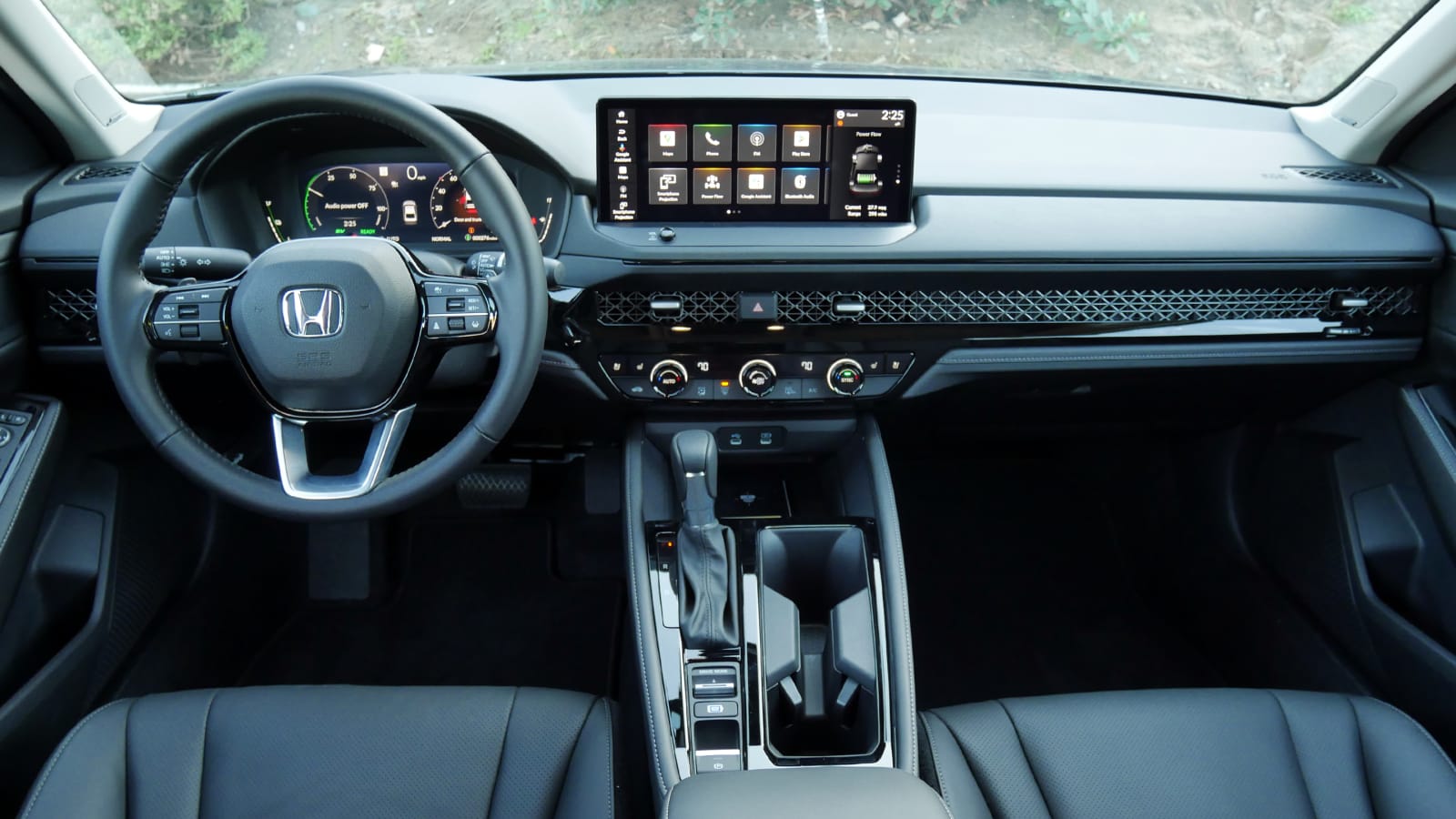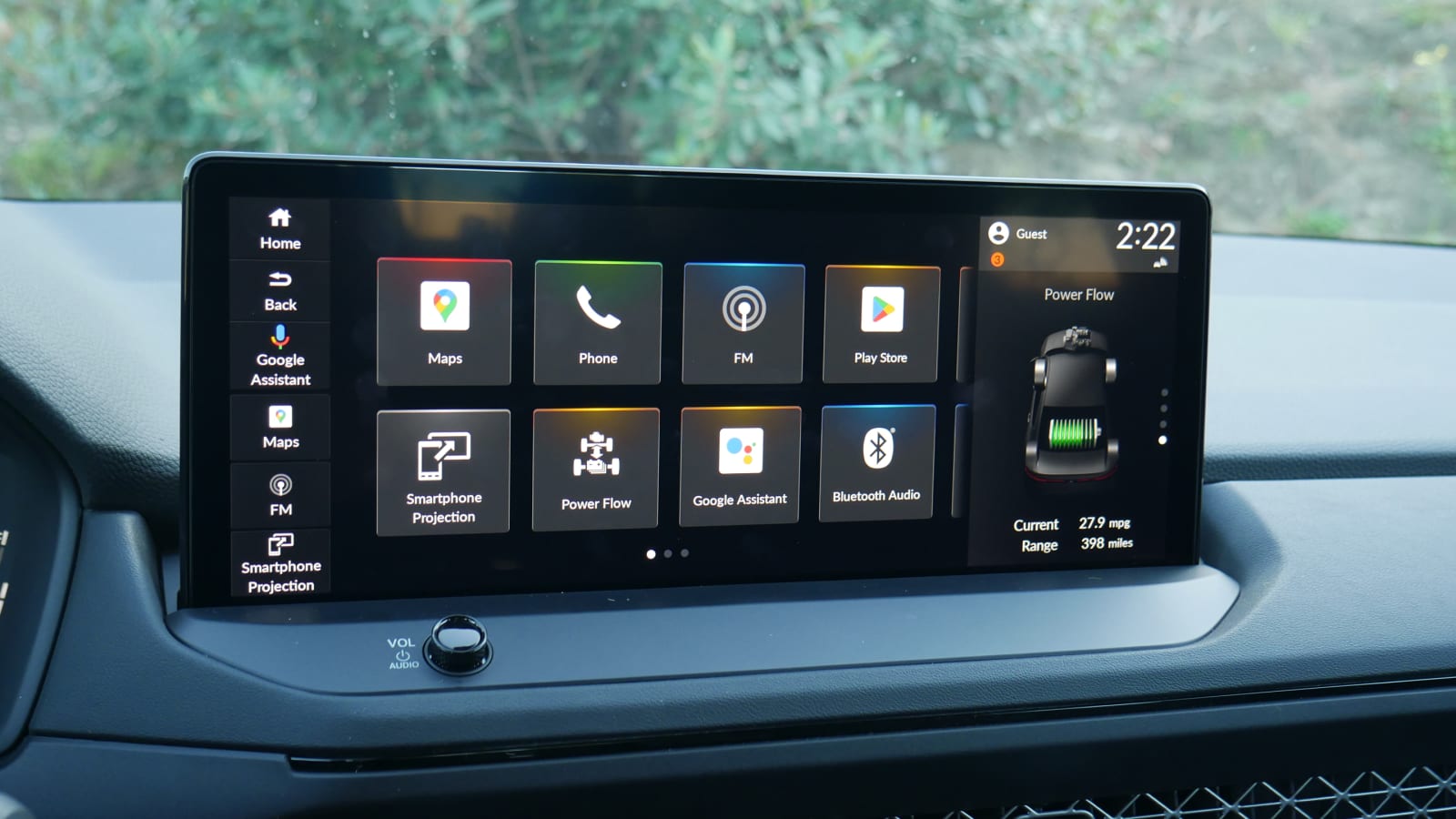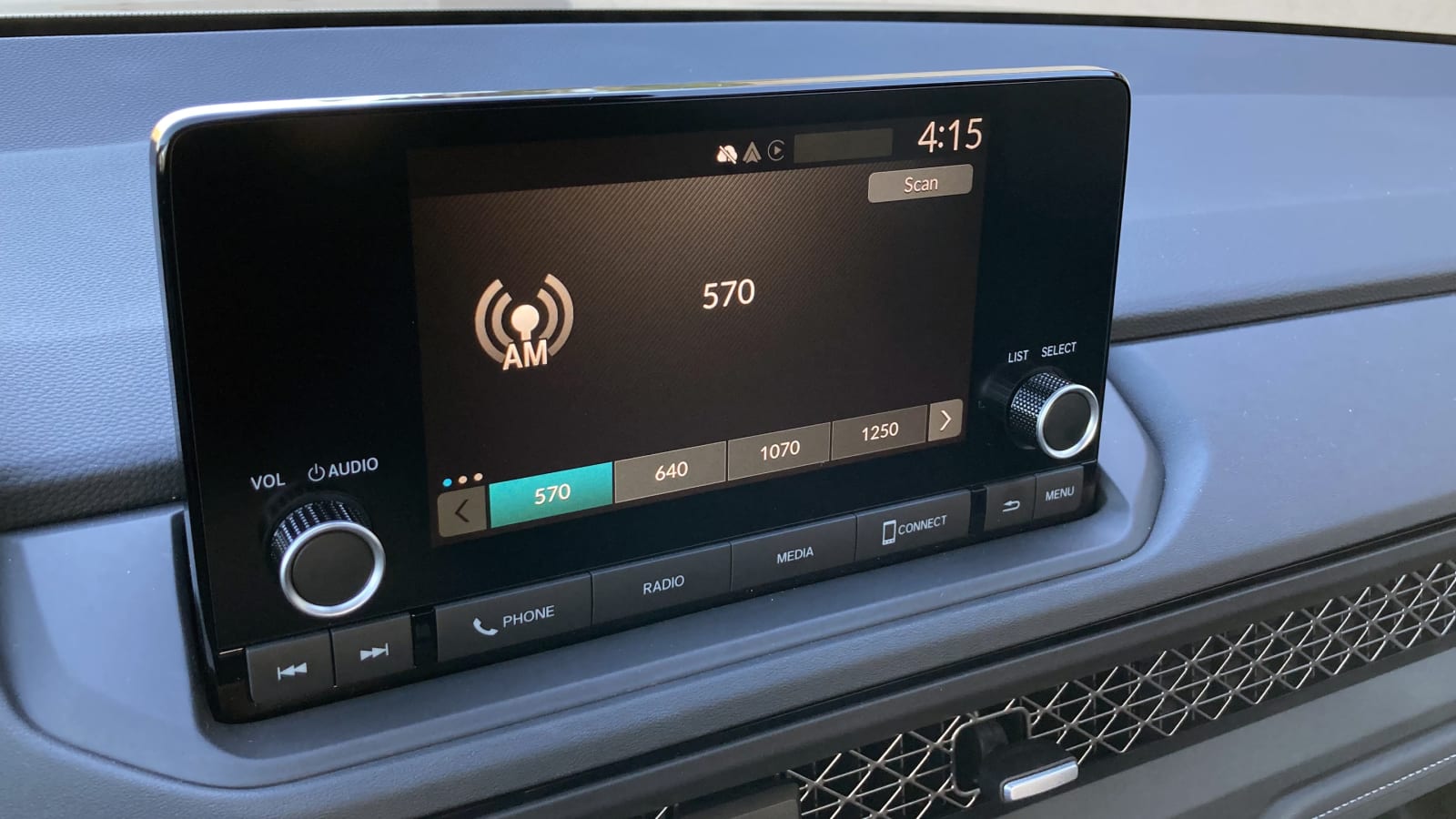Even in its fifth and final year, the current-generation Honda Accord still received a best-in-class rating of 9 here on Autoblog. This, despite three of its competitors being completely redesigned during those years. Basically, the Accord did everything expected of a family sedan well, with superior handling, a well-balanced ride, efficient powertrains and gargantuan space. It even looked pretty good. In other words, it was going to be a tough act to follow. Or perhaps, an easy one, since the new 2023 Honda Accord isn’t so much a from-scratch redesign as past Accord generational changes have been – the platform is the same, ditto most dimensions, and even the body shape is similar. Instead, just about everything has been enhanced or updated in some way to equal an Accord that’s new enough and certainly better than its already exceptional predecessor.
The most substantive change comes under the hood. The old 2.0-liter turbo engine upgrade is toast, the victim of limited interest, much like the old six-speed manual option. The 1.5-liter turbo carries over with the same output of 192 horsepower and 192 pound-feet of torque, but has been tweaked for better refinement, noise levels and efficiency. It’s also only available on the lowest LX and EX trim levels. Much like the 2023 Honda CR-V, all other trim levels, including the Sport ones, are hybrids. Honda expects the 1.5/hybrid sales mix to be 50/50, though we could easily see that proportion tilting in favor of the Accords packing batteries.
We actually recommended the Accord hybrid over other versions before, and for 2023 that recommendation is even stronger (for reasons beyond the fact its trim levels are more appealing). This powertrain is new for the Accord, but was first seen in the new CR-V where it thoroughly impressed. The specs may show that its 204 horsepower is less than last year’s car, but that’s just because horsepower measuring standards have changed this year: apples-to-apples, it’s actually gained 2 horses. Fifteen pound-feet of torque, too, to 247, and fuel economy is either 48 or 44 mpg combined depending on trim level – improvements of 1 mpg combined, respectively.
The hybrid’s 2.0-liter naturally aspirated inline-four is new, and when accelerating, the car simulates shifts to make the engine sound and accelerate like most of us expect. It also lets the engine sound like an actual, sweet-sounding Honda engine rather than a droning blender. In fact, the hybrid ironically sounds more “normal” under acceleration than the CVT-equipped 1.5-liter, which now supposedly simulates shifts under heavy throttle, but not in a particularly appreciable way.
The interesting thing, though, is the hybrid engine doesn’t need to shift at all, and is only directly connected to the front wheels when in a steady highway cruise. In every other scenario, the car is being propelled by the also-new and more powerful electric motor – the engine is just there to replenish the battery and keep electrons flowing to the motor. Does this sound complicated? Yes, because it is, but the result is a hybrid that at once accelerates like an internal combustion car with stepped shifts and noises, and an electric car with a smooth, torque-rich delivery and no engine at all in certain scenarios.
For 2023, the Accord hybrid can also decelerate like an electric car thanks to the six levels of regenerative braking you can call up using the steering wheel paddle shifters. You can tap the left paddle to increase braking power, or as we preferred, hold that paddle to permanently engage one of those six levels just as you can in most EVs (a not-at-all-obvious DM in the instrument panel lets you know it’s engaged). It’s not quite one-pedal driving as the car won’t come to a stop by itself, but it’s close, and if you get stuck in traffic a lot, you’re bound to appreciate it. We just wish it wasn’t quite so Easter-egged with the need to hold the paddle.
Once under way, the new Accord’s hybrid power delivery is the main thing you notice, but the steering has also been made a little more fluid in its motion. It’s perhaps a bit lighter in effort in its Normal setting, with a just-right amount of extra heft dialed in for Sport mode. Besides the steering improvements, Honda also stiffened the body (as much for improved side crash protection), mounted the front suspension to a new, lightweight cast-aluminum subframe, and increased the rear compliance bushings for a smoother ride. The rear track is also 0.4 inches wider, and Honda has introduced a Motion Management System to reduce powertrain output and subtly apply the brakes through corners to increase front end grip and decrease understeer while cornering. Although we did manage to drive the ’22 and ‘23 Accords back-to-back, we didn’t get to sample the outgoing model with the sort of zeal needed to shake out just how much different the new car is beyond the powertrain and steering feel. In the end, though, a family sedan that’s great to drive remains great, and with the Mazda6 still dearly departed, it seems fair to pass the “driver’s choice” crown from one Accord generation to another.
The other area of substantive improvement is the cabin. While the dimensions are basically the same (the back seat remains best-in-class and although the trunk shrunk by 0.2 cubes, it’s still bigger than everything else), the design is a major improvement. Gone is the cheesy, very-fake “wood” trim across the dash, and in its place a variation of the so-cool, dash-width, metal lattice piece with integrated air vents first seen in the Civic and later featured in the HR-V and CR-V. The center console was redone to include better cupholders, uncovered phone storage and a traditional PRND shifter in place of Honda’s wonky push-and-pull button array (we’re guessing owners loved it just as much as we did).
The instrument panel is now an all-digital display instead of the half-digital/half-analog creature of before, while the infotainment systems are all-new. The base system on the LX and EX shrinks by an inch down to 7 inches (above, below right), but features an updated menu structure and standard Apple CarPlay and Android Auto. It works fine and still includes both volume and tuning knobs. The upgrade system, found on every hybrid trim, ditches the tuning knob, but features a 12.3-inch screen (above, below left). Not only is this the largest found in a Honda, the interface itself is new, with a streamlined menu structure and a row of user-customizable menu shortcut buttons docked on the left side. Both screens are now positioned more upright and closer to the driver for easier viewing and operation.
The range-topping Touring model then gets Google Built-in capability, which integrates Google Maps as in-car navigation and allows you to easily download and then operate various entertainment apps from the Google Play menu (such as the SiriusXM app, which would be necessary since satellite radio is no longer available on the Accord). Apple CarPlay and Android Auto, both wireless, are still included, but with Google Maps already integrated along with Google Assistant and voice controls, major reasons for their use is eliminated – especially if you’re an Android user.
Safety technology gets an upgrade, too. The collision prevention and adaptive cruise control benefit from their front radar and camera gaining wider fields of view, plus reworked 1s and 0s. The lane-keeping and lane-centering automated steering assist have also been upgraded to behave more naturally. Together, we found that the Accord drove much better on the highway by itself with only a token hand on the wheel and our eyes on the road. Elsewhere in safety news, front knee airbags and rear side airbags are now standard, and the body was strengthened to meet more stringent crash tests (and, you know, keep you safe).
The 2023 Accord will once again be built in Marysville, Ohio, with even more powertrain parts being produced domestically due to the hybrid’s increased sales mix. Pricing starts at $28,390 for the LX, including the $1,095 destination charge, which is a $1,905 increase over 2022. The year-to-year increases for other trim levels are less than that. Technically, the hybrid entry point of $32,990 is $5,305 more than the old Hybrid Base trim, but that’s been discontinued. The new entry point is the Sport with its blacked out exterior trim, 19-inch wheels and steering altered subtly enough that we really didn’t detect it. The new Sport L adds leather and other niceties that you previously would’ve had to step up to the chromed EX-L for, and lose the cool-guy looks. The top-of-the-line Touring now splits the difference between the two styling directions with a mix of silver and black trim.
The design differences between trim levels are relatively minor, though, with each benefiting from the new styling direction that we must say looks far more fetching in action. It looks lower, wider and sleeker, with fewer fussy details than the outgoing version. The darkened head- and taillight treatments with crisp LEDs are particularly cool.
That’s not an adjective that’s been thrown around a lot in reference to the Honda Accord over the years, but in terms of style, the 2023 edition comes closer than ever before to deserve it. Count that as a cherry on top for a new-enough car that does everything even better than its top-rated predecessor.
Related video:







